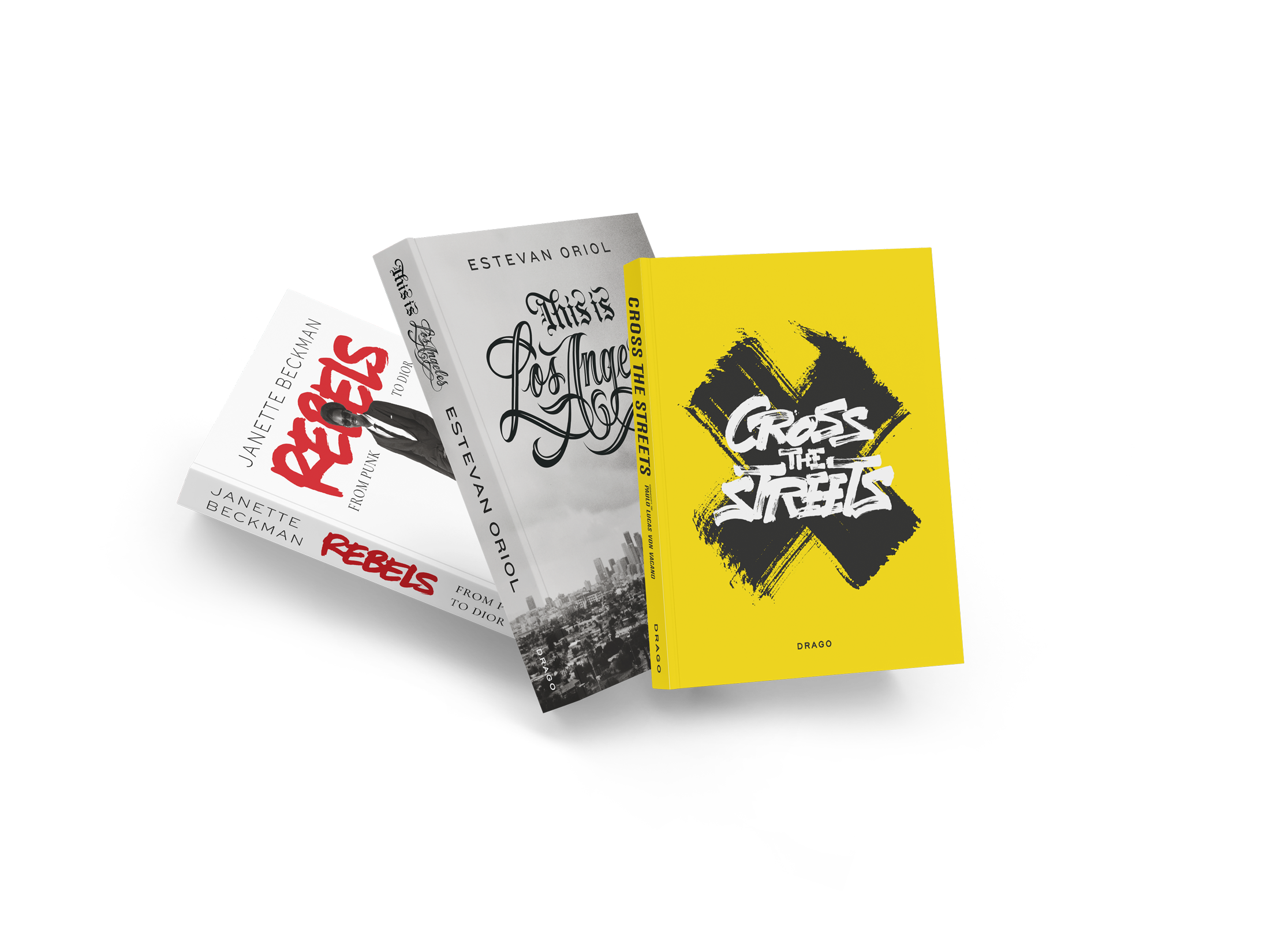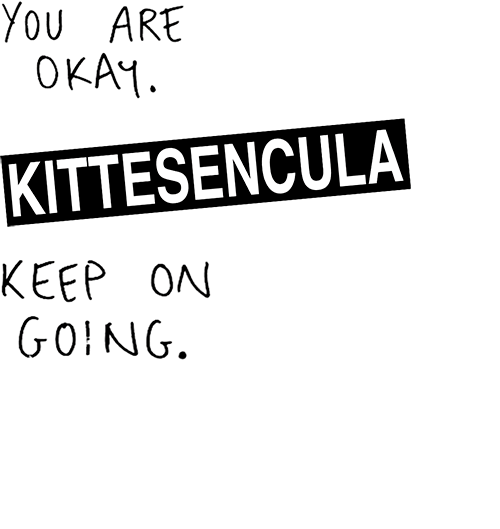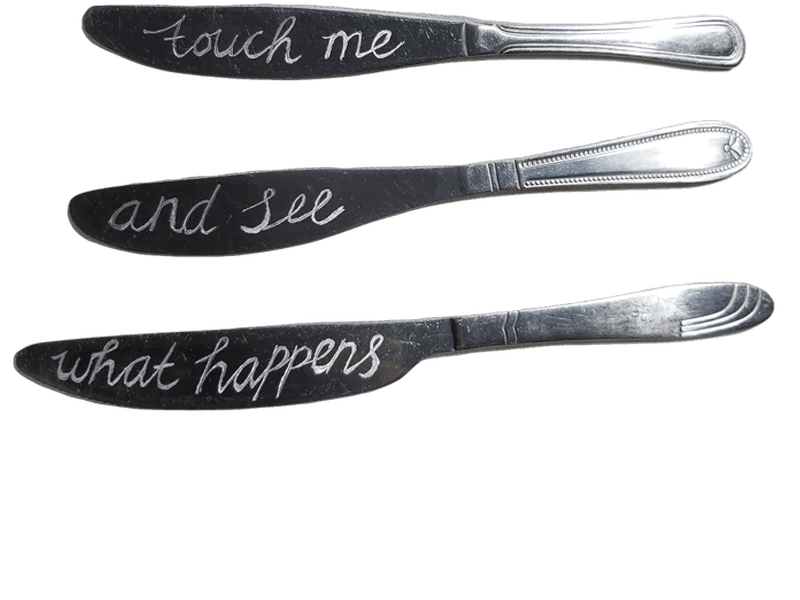
Paolo Monti was born on 11 August 1908 in Novara. His father Romeo, originally from the Ossola Valley, was an amateur photo-lover and Monti spends his childhood and youth among the plates and heavy devices of the time. After the years spent moving with his family between the small towns where his father was transferred from the bank where he worked as an official, Monti moved to Milan to attend Bocconi University. He graduated in Political Economy in 1930 and returned to Piedmont, where he worked for a few years. Shortly after the untimely death of his father, in 1936, he married Maria Binotti, the same age and playmate in the childhood years spent in the Ossola Valley. In the same year, Monti was hired by Montecatini and worked for various branches of the company, often changing cities. In 1939 he was transferred to Mestre and remained there until 1945, when he decided to leave Montecatini due to some unrest affecting the company in the final phase of the fascist domination. Thanks to the help of a photographer friend, he found work at the Regional Agricultural Consortium and moved to Venice the same year. Parallel to his professional activity, Monti devotes himself with increasing devotion to the hobby of photography. In 1947 with some friends he founded the La Gondola club, which in the space of a few years established itself on the international scene as an avant-garde movement. In 1953, thanks to the collaborations started with some well-known architecture and design magazines, Monti decided to change jobs and return to Milan to devote himself to photography. He was chosen as a photographer for the 10th Triennale and began a fruitful publishing activity: in addition to the services published in magazines, his photos contribute to illustrating more than 200 volumes on regions, cities, artists and architects.
In the sixties, as a significant exponent of the cultural reality linked to photography, Monti was part of a dense network of relationships that brought him considerable fortunes even in the workplace. In 1965 he undertook a vast survey campaign for the illustration of Garzanti's History of Italian Literature and from 1966 he devoted himself to the census of the Apennine valleys and historic centers of the cities of Emilia Romagna, which would keep him busy for over 10 years. In 1979 he was called to collaborate with Einaudi in the creation of the iconographic apparatus of the History of Italian Art. Also active in the field of teaching, Monti taught Technique of Photography at the Humanitarian School of Milan from 1964 to 1966. Four years later he accepted the chair of Technique and Aesthetics of the Image at the Department of Art, Music and Entertainment of the Faculty of Letters and Philosophy of the University of Bologna, which he abandoned in 1974. In addition to his strictly professional activity, Monti continues to combine research on the themes and subjects he has always loved. Alongside the images of Venice, Milan and many other places, there are portraits, landscapes, materials and abstract experiments, which Monti leads to the conscious violation of every technical rule. In 1980 he received the National Zanzotti Bianco Award from the President of the Republic Sandro Pertini for his "decisive contribution to sharpening consciences and spreading responsibility for the conservative restoration of our historic cities". Since 1980 he has devoted himself to the census of Lake Orta and Val d'Ossola. Monti died in Milan on November 29, 1982, after a short illness. He is buried in Anzola d'Ossola, the place of origin where he spent his summer holidays and has carried out much of his more experimental research on photography.
© Beic.it



